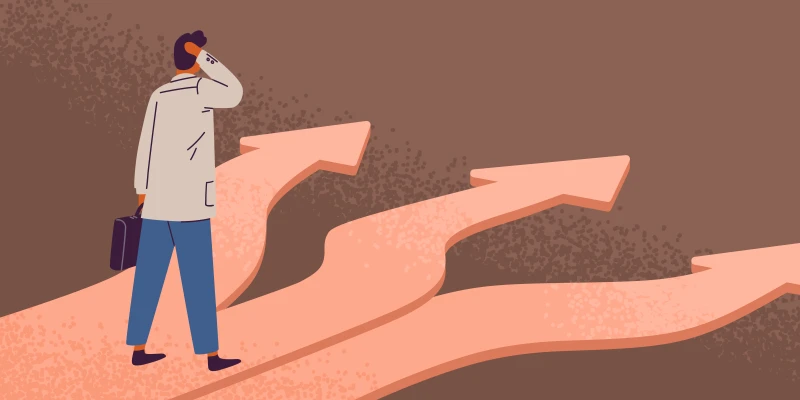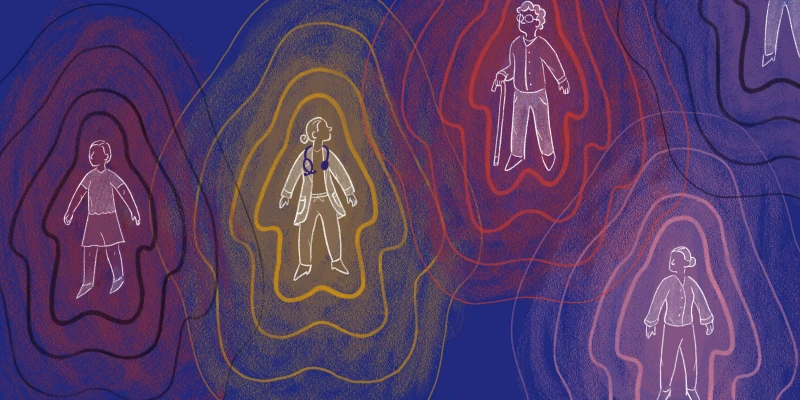
I lied to a patient today.
It wasn’t something I thought I’d ever do on purpose, but today I made the conscious decision to do so. And quite honestly, I have no regrets. What would compel me to do such a thing? I always thought I’d be the doctor that would lay it all out there for patients — here’s your diagnosis and here are the treatment options. Let’s talk about what best fits in your life and what you’re willing to do according to your values, not mine.
And today, I totally threw that out the window.
The patient was a quirky 70-year-old lady who had survived breast cancer 15 years ago: chemo, radiation, and anti-estrogen therapy for 5 years to help decrease her chances of the cancer coming back. Because she had done so well, she had been released back to me, her primary care physician. She survived a husband and child who had since passed. Now, she lived for her “kitties” and loved to show me all of their Instagram photos — they are quite photogenic.
She left a bizarre, frantic telephone message with my medical assistant, but eventually we were able to piece together her message. She had been having some back pain, went to urgent care, and had X-rays. There they were: lytic lesions in her bones. “They came in, told me I had weird bones and then I did this bone scan thing this morning,” she said. “Now they want to stick a needle in my keister! I don’t even know what’s going on! I want to know what Dr. M wants me to do.”
My heart dropped. Every medical student studying for board exams has made the word association: lytic bone lesions = cancer. Could be multiple myeloma, lung, or breast cancer. In a woman who was a breast cancer survivor, it was pretty much a guarantee that her cancer was back but now in her bones.
I dreaded the upcoming phone call all day, but I knew she was dreading it more. Finally, I called her. It rang no more than 2 seconds before she picked up.
“Hi! It’s Dr. M -”
“Yes, you’re on my caller ID. Technology is so fancy these days. Did your assistant tell you they’re trying to stick a needle in my keister?!?! I have half a mind to tell them where to stick it.”
“You know, they haven’t finalized the report for the bone scan yet, so I haven’t been able to review it. But, if they want you to do a biopsy, then I would recommend you go ahead and schedule it.”
“… OK. But who’s going to tell me results? Those doctors haven’t told me nothing. It’s been what the young people call a ‘cluster’.”
“I’m sorry that’s been your experience. You have an appointment with me next week and we should have results by then — let’s plan on discussing it then, ok?”
“… OK. If they don’t numb me up real good, they’re going to hear about it.”
“I wouldn’t expect anything else! What other questions do you have?”
“No questions… I’m just scared, that’s all. Do you think I have cancer?”
“I don’t have enough information right now to tell you what it is. I know you’re scared, and that’s totally understandable. But we won’t be able to make any decisions until we get all the information, so until I see you next week, I want you to enjoy your holiday plans, ok?”
“… OK. Thanks for the call, dear. I have more photos of the kitties to show you next time.”
Maybe because I didn’t want to give her life changing news over the phone. Maybe because I wanted to be there to hold her hand when I told her. Maybe because I felt I knew what would be best for her.
We in the newer generation of doctors are trained to shake our heads in disgust against the old paternalistic way of practicing medicine. We aren’t supposed to make decisions on behalf of our patients for “their own good.” We are supposed to be open and up front with what we’re thinking and doing and not assume that what we think is best is also what patients also will think is best for them. Today, I understood the flaws in that line of thinking.
The Update:
My patient came to our scheduled appointment to discuss her bone scan and biopsy results. As I suspected, her bone scan showed cancer lighting her entire body up like a Christmas tree. The bone biopsy came back confirming metastatic recurrent breast cancer — a poor prognosis.
But, that is not what she wanted to talk about today. No, she wanted to rage about the bone biopsy process instead.
“Did they tell you what happened!?!? No, of course they didn’t. That jerk had the worst bedside manner!
“He walked in all high and mighty in his damn white coat, didn’t introduce himself while my keister was hanging out in the air and he said, ‘You know, this is cancer until proven otherwise.’
“And I couldn’t say anything! Not when he was coming at me with the world’s biggest needle!
“Did he think I was stupid or something? OF COURSE I knew it was cancer! We all knew it!!
“… I just wanted to hear it from you, today. And he took that away from me.”
She started sobbing, shoulders heaving from the effort. This luckless woman had cried this way before when she was diagnosed with breast cancer the first time, when she lost her husband, when she lost her child. But this time, it was a literal death sentence. She had tried to control how she was going to hear how she was going to die, but that was taken from her by someone who chose not to take care with his words.
In one fell swoop, she also called me out on my lie, my poor effort to shield her from the truth for at least a few days longer until I was absolutely certain she had cancer. And she forgave me. She understood why I did what I did.
I spent four years in pre-med, four years in med school, four years in residency to train how to be a doctor. But nothing truly prepares you for this in primary care. To become so invested in someone’s story after having known them for years. To be the person that people want to hear the bad news from, not some random person they’ll only see one time. To be the one person that they’ll cry to if they have no one else they trust.
To know that taking the time to look at a person’s kitties’ Instagram feed is sometimes the medicine they need. So that’s what we did.






